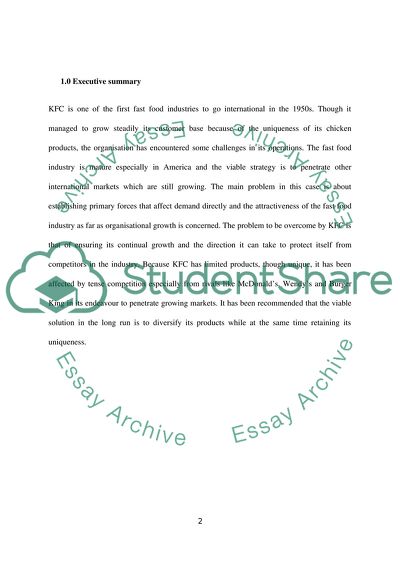Cite this document
(KFC Fast Food Industry Case Study Example | Topics and Well Written Essays - 2750 words, n.d.)
KFC Fast Food Industry Case Study Example | Topics and Well Written Essays - 2750 words. Retrieved from https://studentshare.org/marketing/1742244-a-case-study-of-kfc-fast-food-industry
KFC Fast Food Industry Case Study Example | Topics and Well Written Essays - 2750 words. Retrieved from https://studentshare.org/marketing/1742244-a-case-study-of-kfc-fast-food-industry
(KFC Fast Food Industry Case Study Example | Topics and Well Written Essays - 2750 Words)
KFC Fast Food Industry Case Study Example | Topics and Well Written Essays - 2750 Words. https://studentshare.org/marketing/1742244-a-case-study-of-kfc-fast-food-industry.
KFC Fast Food Industry Case Study Example | Topics and Well Written Essays - 2750 Words. https://studentshare.org/marketing/1742244-a-case-study-of-kfc-fast-food-industry.
“KFC Fast Food Industry Case Study Example | Topics and Well Written Essays - 2750 Words”. https://studentshare.org/marketing/1742244-a-case-study-of-kfc-fast-food-industry.


